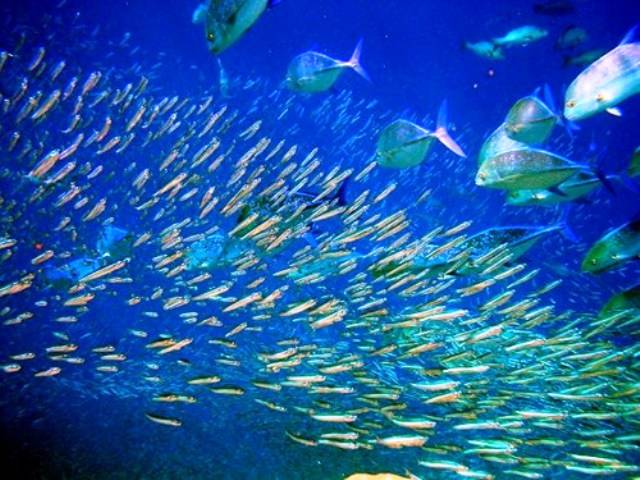
In the movie “ Forest Gump” we saw Dan making fortunes with the “ Bubba-Gump Shrimp company”, and India, can discover many Dans having prosperous “ Fisheries Business” in the times to come, with the governments’ focus on promoting fisheries. With around 14% average annual growth in the export of fish & fishery products. Fish production in India has grown by 27% in 2014-18 as compared to 2010-14, stated by the Union Minister of Agriculture and Farmers’ Welfare Shri Radha Mohan. Owning to low prospects of fisheries production along the coast, the government has decided to promote deep sea fishing and has introduced a sub-component 'Assistance for Deep Sea Fishing' under the Blue Revolution.
WHAT IS DEEP SEA FISHING?
Deep-sea fishing refers to the commercial fishing industry where the fishermen look at the bottoms of the ocean for a huge collection of fishes and haul them to the coast. This way of fishing opens up options to discover the fishes located at the deeper parts of the ocean and the fish species that only live in the open ocean. Deep-sea fishing is practised worldwide, especially in the coastal areas.
As big as it may sound, the investments needed in this type of fishing needs large investments. Big boats and ships trawl the bottom of the ocean floor for seafood. Heavy trawling equipment and large nets drag fishes across the ocean floor as deep as two kilometres. Mackerel, Carangid, Pomfret etc are few of fishes which are generally fetched in this process.

About the Scheme :
Under this scheme, self-help groups of traditional fishermen are being given 50 per cent of the vessel cost i.e. the central assistance of Rs 40 lakh for vessel costing up to Rs 80 lakh. Advanced and modern deep-sea fishing vessels will be built in the country by indigenous technology. In the first year, central funds amounting to more than Rs 300 crore have been released for the implementation of this scheme benefitting fishermen from states like Tamil Nadu, Andhra Pradesh and Gujarat.
Government has made a budget provision of Rs 7,522.48 crore for the establishment of Fisheries and Aquaculture Infrastructure Development Fund (FAIDF) which has the potential to benefit 40 lakh marine and inland fishermen, especially women, self-help groups, weaker sections by making available modern infrastructure facilities and increased value of the produce. It has also been proposed that like farmers fishermen will also get the benefit of 'Kisan Credit Card'.
For effective implementation of the policy, the Centre and the coastal states will have to work together.
According to estimates by scientists, existing marine fisheries’ resources are over-exploited up to 200 meters depth from the mainland, thereby posing a serious threat to the livelihood of traditional fishermen. The area of 200 meters depth lies within 12 nautical miles and is a subject matter of state governments. Therefore, under the National Policy on Marine Fisheries, sustainable and responsible fishing must be ensured by the states. State governments need to take all necessary steps to ensure sustainable fishing.
It is a state subject, States are supposed to fix fleet size, gear size, minimum legal size of fish, and minimum net size in their respective territorial waters to ensure proper utilization of marine fishery resources through fisheries management

To harvest the economic benefits from fishing, India has adopted exclusive economic zone, stretching 200 nautical miles (370 km) into the Indian Ocean, encompasses more than 2 million square kilometers. In addition to this marine zone, India has about 14,000 km² of brackish water available for aquaculture, about 16,000 km² of freshwater lakes, ponds, and swamps; and nearly 64,000 kilometers of rivers and streams, which well explains the opportunities in the marine industry are numerous. But, exploitation is also to be kept in watch. Deep sea fishing is a threat to aqua flora and fauna, since in the process of dragging the fish net to the coast, it disturbs the environment of the ocean. In many countries, Deep Sea Fishing is also enjoyed as a sport but quite regulated.















